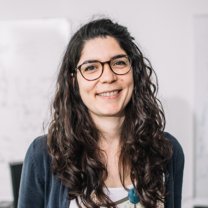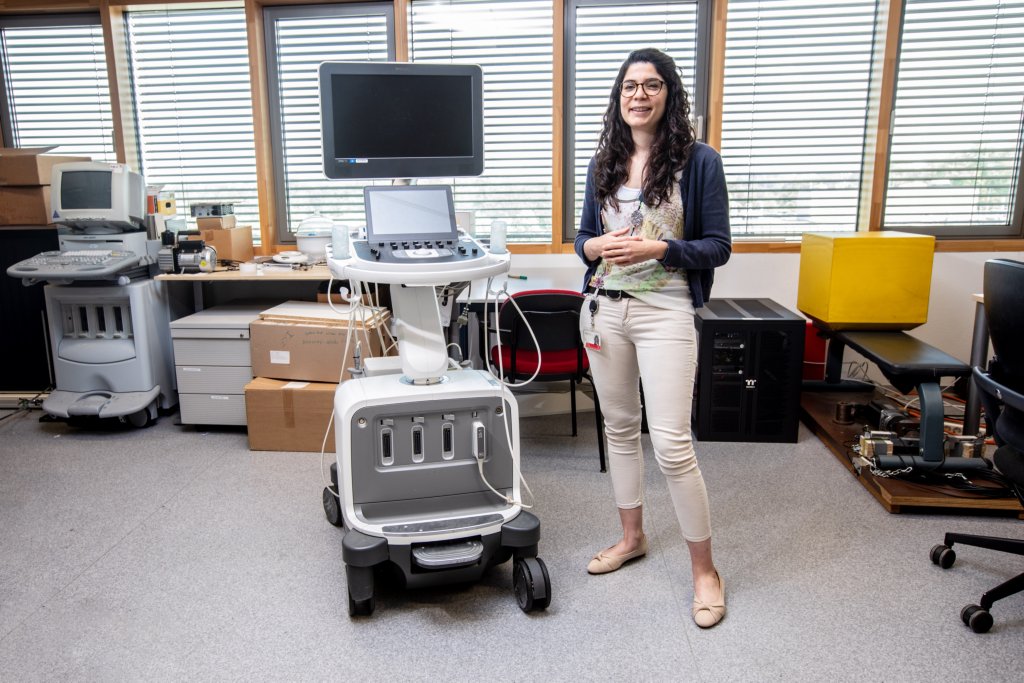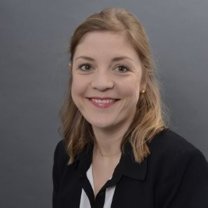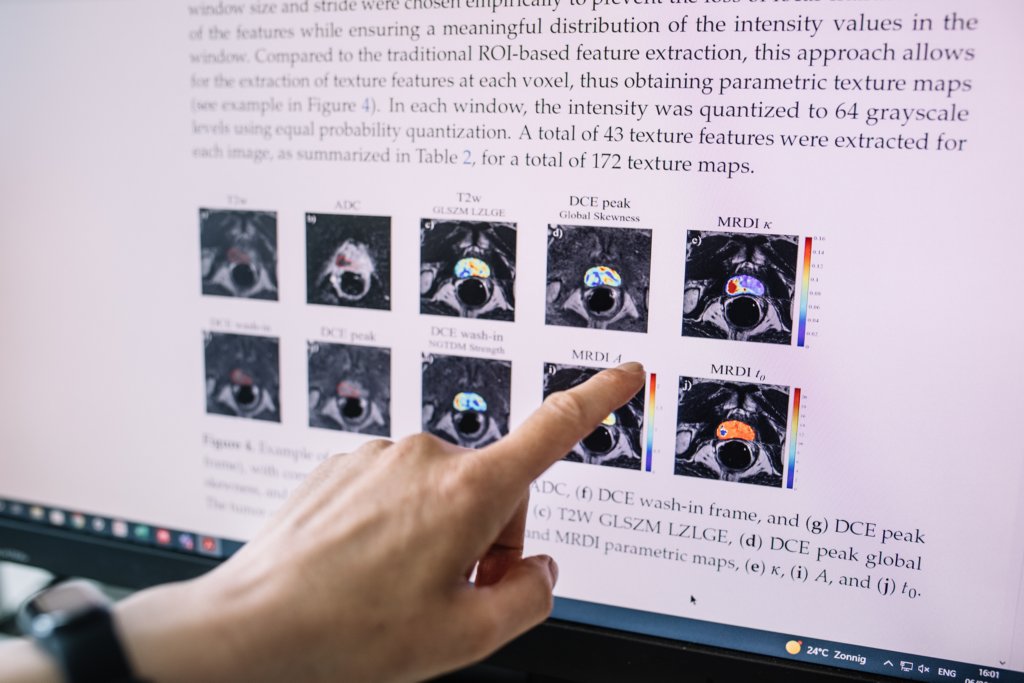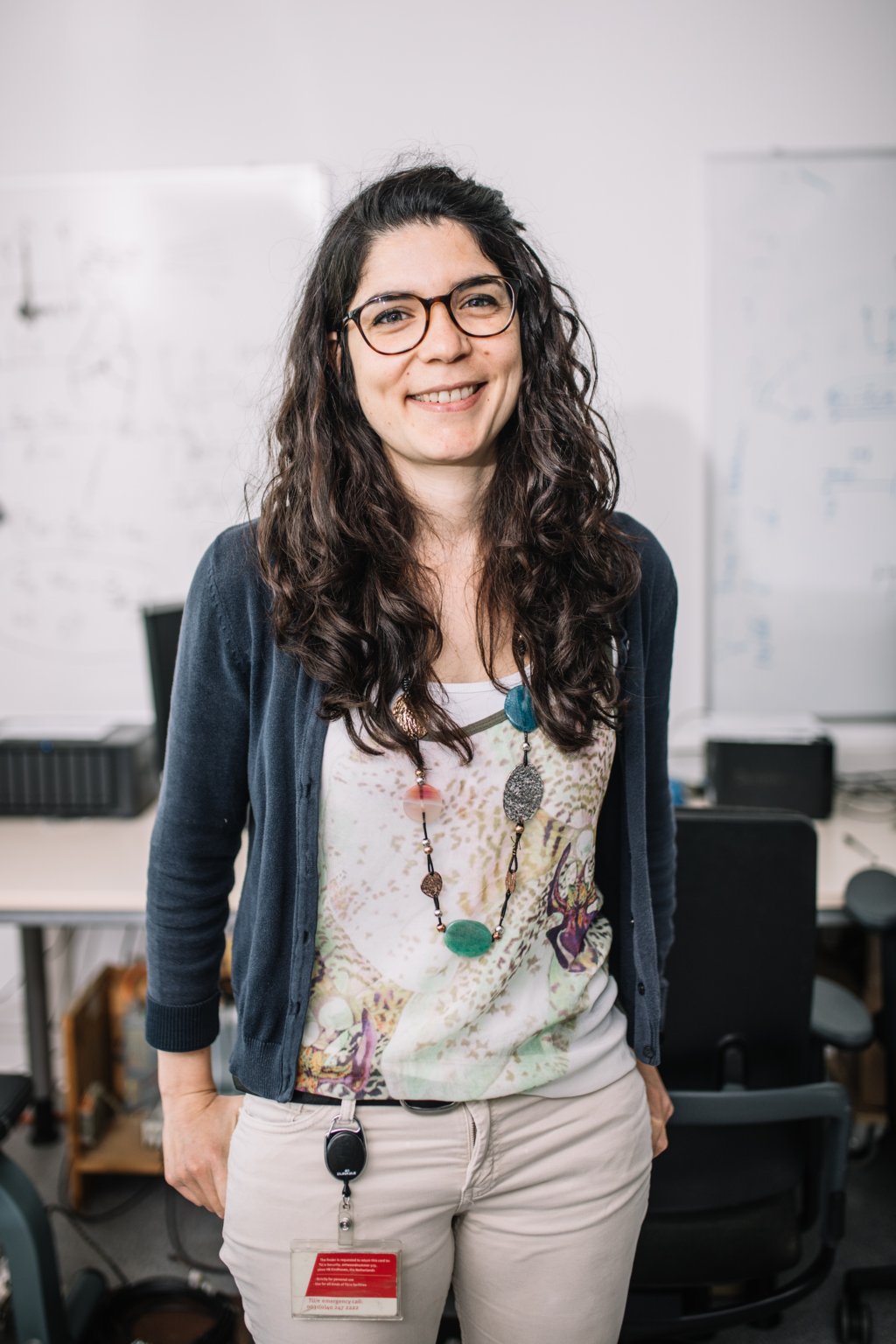How can academic research find its way to society? By collaborating with societal actors from early on in your research, and seeking ways to actively communicate your results to the stakeholders they are relevant for, conclude 4TU researchers Florence Metz and Simona Turco from their own experience.
Text: Sonja Knols
Images: Dieuwertje Bravenboer
‘There are simply too many academic papers published each day for stakeholders to keep up with the latest insights that could be of interest to them,’ says Florence Metz, who works as an assistant professor on the topic of governance resilience at the University of Twente. That is why the political scientist actively reaches out to politicians, interest groups, environmental organizations and other actors for whom the results of her research on how to mobilize political will for sustainable transitions might be of use.
Collaborating with partners from outside of academia is a no-brainer when it comes to making impact, state both 4TU-researchers. ‘With my work, I want to bring technology to the clinic. That starts by formulating the right research question, which arises from conversations with doctors about problems they encounter in their daily practice,’ says Turco. ‘And my work is centered around public policies that promote societies’ resilience and gather the support of a majority of actors. How would I be able to research that at all without actually involving all of those stakeholders?’ adds Metz.
Converging policy preferences
As part of the 4TU program DeSIRE, Metz analyzes political actors’ policy preferences and how preferences converge over time depending on factors such as social influence or diffusion mechanisms. ‘As a political scientist, I am interested in what governments do and what difference their actions make. More specifically, I focus on environmental topics, such as water quality or measures to mitigate climate change. What topics make it to the political agenda? How does the framing of a topic influence the final decision? How do differences in political systems affect the democratic processes and their outcomes? Why does one country for example decide to go for end of pipe cleaning when it comes to clean water, and does the other decide to prevent the water from getting polluted in the first place?’
Power of personal relations
For her research, Metz not only analyzes all sorts of documentation on the subject, but also frequently interviews all kinds of stakeholders. One of the organizations she is tightly connected to, is the OECD (Organisation for Economic Co-operation and Development). ‘That connection started from my own curiosity about why they are so influential, and why their research is much more visible than that of other, similar organizations. So I approached them and asked if I could pay them a research visit, and work there for a month, for free.’ It is from these kinds of personal relations with people at different organizations that Metz sees her network and influence grow, she says. ‘It is my experience that people will pay attention when you reach out to them personally. When I have interviewed someone at a ministry for example, chances are that they will ask me to come and present my work to their colleagues sometime later on.’
Sciencetainment
Depending on who you want to reach, sometimes it can be useful to come up with an out of the box way of communicating your research. Metz, for example, in 2015 decided to enter the annual ‘Dance your PhD’ contest run by AAAS and Science, which she won. ‘As a result of that, my research got attention from media all over the world. So, this ‘fun’ side project, which had cost me about two weeks of work in my spare time, led to more attention than any scientific article that might have taken years in the making could have ever achieved. I was invited to tv shows, radio shows, podcasts, my video was even covered in tabloids.’ However great the experience was, it also had its downsides, Metz learned. ‘Such a ‘sciencetainment’ project can also be taken in the wrong way. I have also received my share of negative comments. So, my advice would be: before you start communicating about your research, first identify who you want to reach with your message, and what the right format would be for them. My dancing video turned out to be great to inform students and a wider audience about my research. But for other target groups, such a thing wouldn’t work at all.’
Build on networks
They help each other out with measurements on patients, drafting the required protocols and getting the right approvals, and data analysis and interpretation. That is a very synergetic way of working, since they share a common goal.’
Seeing better with bubbles
* Biocompatible materials are compatible with human and/or animal tissue and hence suitable for medical therapy.
Broader base
Being part of the 4TU organization certainly has benefits when it comes to reaching out, both scientists agree. Metz highly values the interdisciplinary character of the 4TU program DeSIRE she is part of. ‘Collaboration with other disciplines gains you nice insights. And though the costs are higher when you work across disciplines, it can act as a source of inspiration for your own work. It is crucial though to find a common thing among all of the researchers involved. For us, that was systems thinking. That idea permeated my work on a very fundamental level.’ Turco: ‘For me, being part of the Precision medicine program helps in reaching different clinics and connecting to other tenure trackers with their own networks.’ And this has very concrete advantages, she says. ‘We can share labs, equipment and complementary expertise. Moreover, I can get access to larger datasets, and I get the opportunity to test something that I have developed for the population of one hospital, on an independent dataset of a totally different clinic. That way I can evaluate if my method or technology is general enough for all hospitals, which greatly improves the chances of it being implemented in practice.’
The goal of the High Tech for a Sustainable Future (HTSF) programme is to stimulate structural and sustainable collaborative theme-oriented research between the four technical universities on topics that require 4TU collaboration and for which it is currently more difficult to acquire funding externally (i.e. new or high risk topics). The societal relevant research programmes attract and develop new and diverse talent for the four TU’s -among others 63 Tenure Trackers- and aim to deliver societal impact through scientific breakthroughs. After a funded start-up period of five years, research should continue without 4TU.Federation funding.
In 2018 the first round of HTSF programmes started. Now, after five years, they are ready to continue independently and make room for the new HTSF programmes to start. A total of €20 million has been made available for the four new HTSF programmes.
